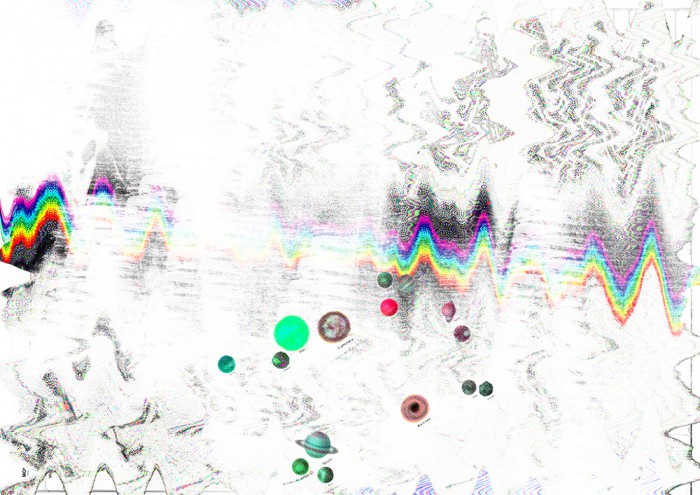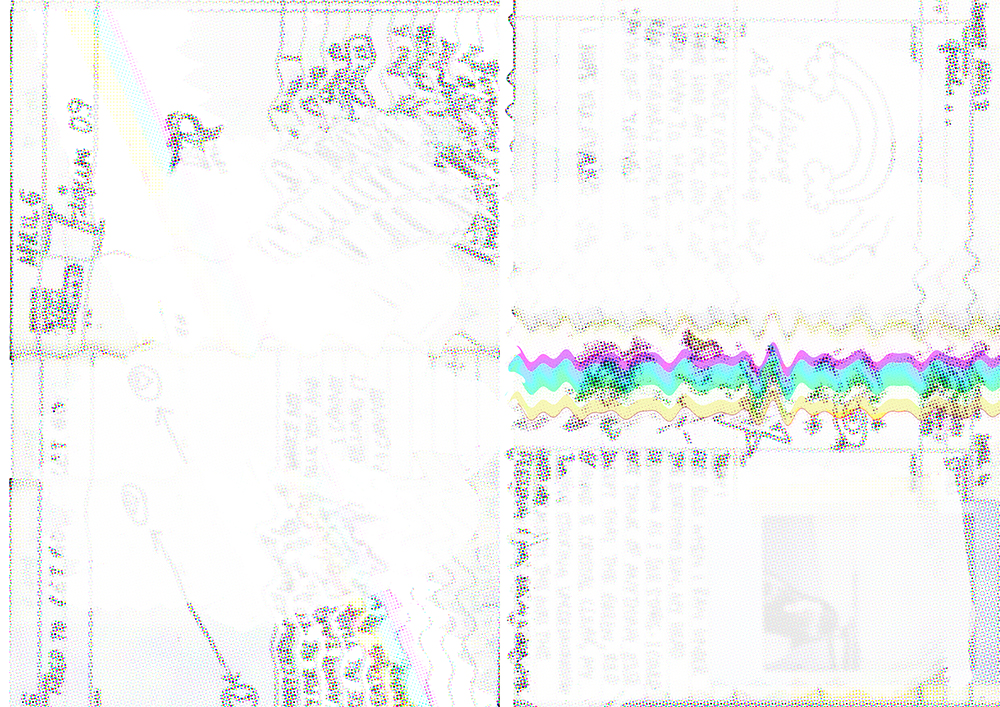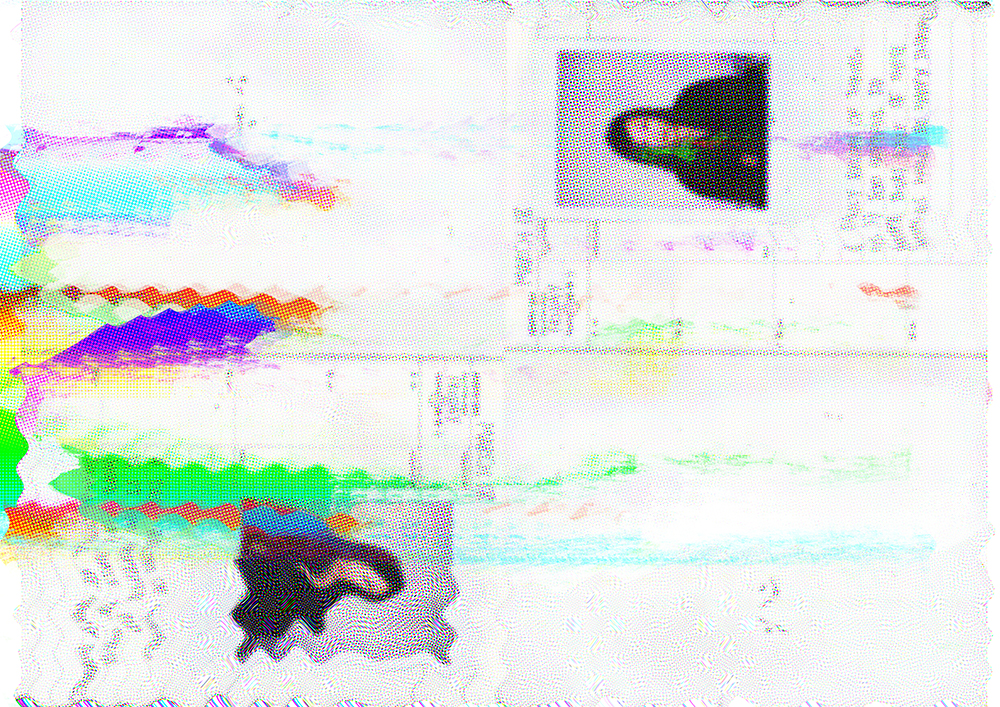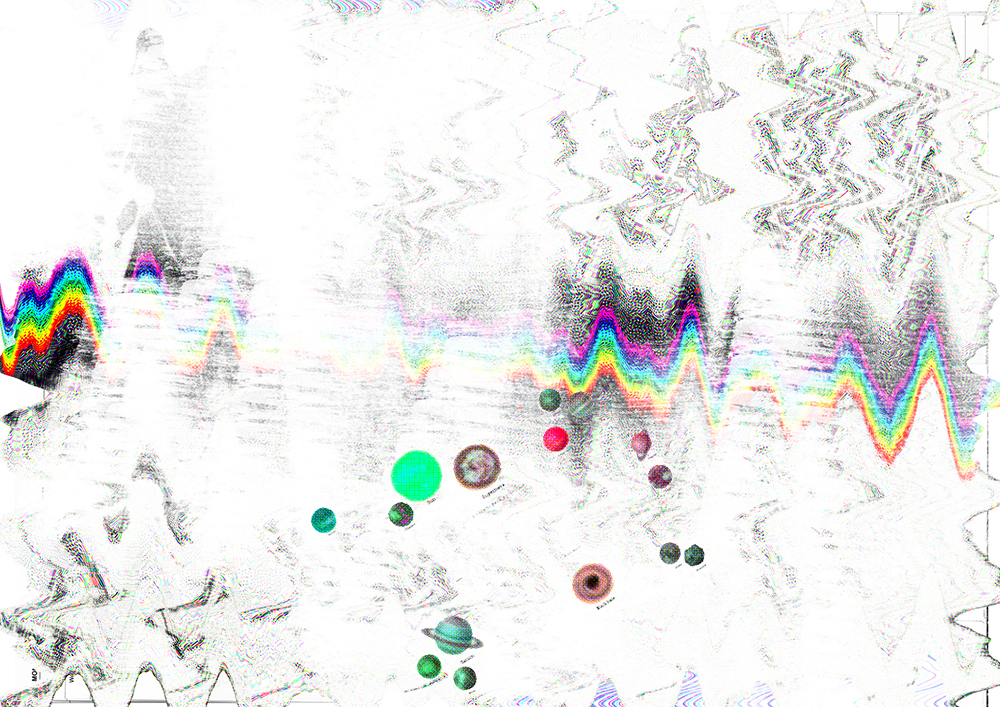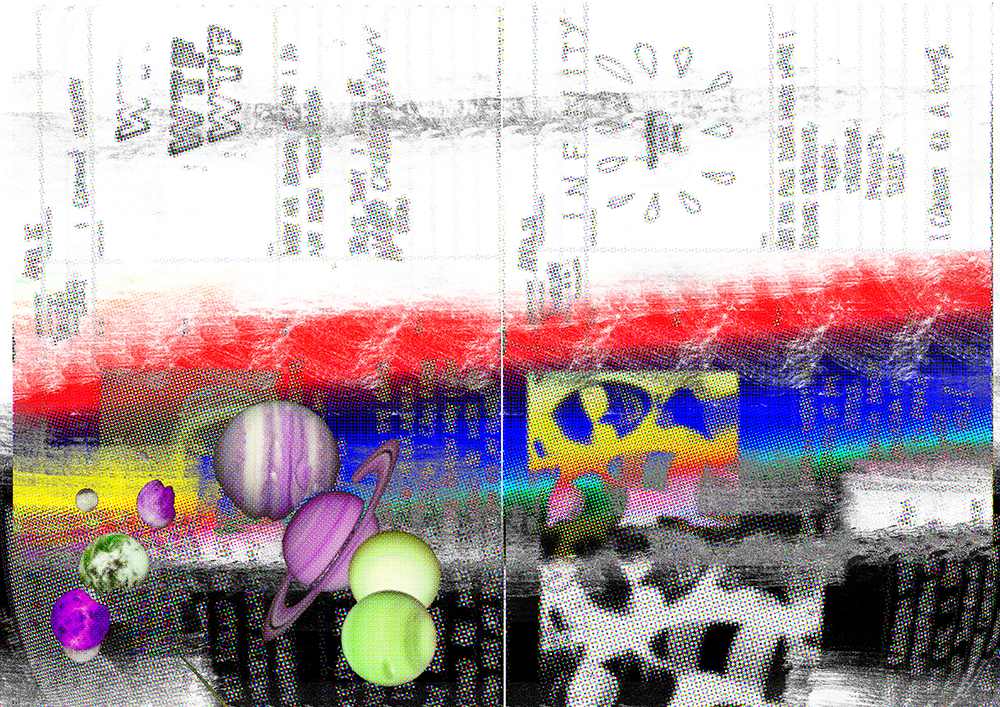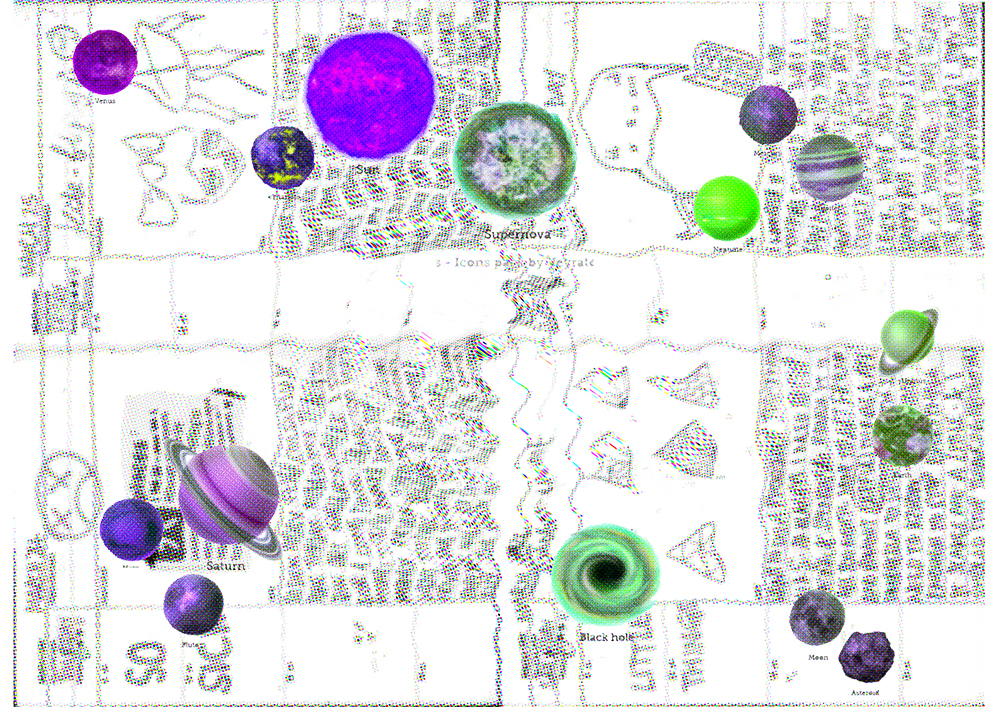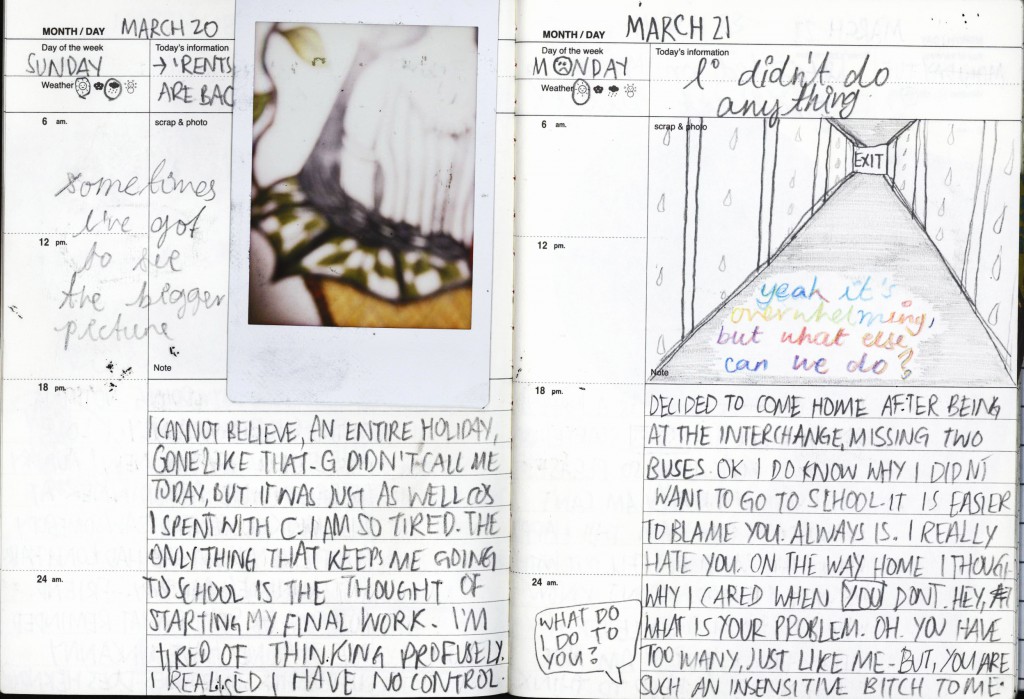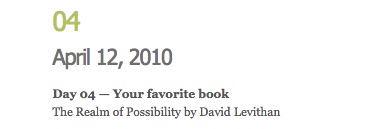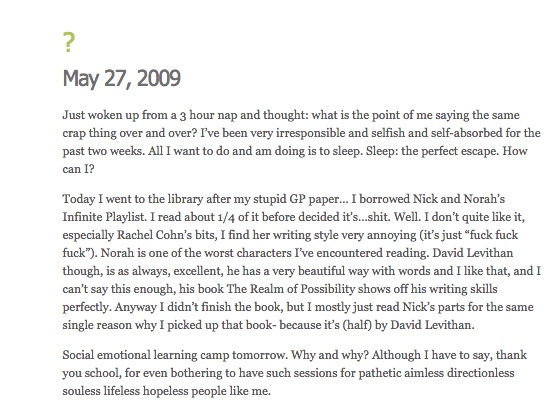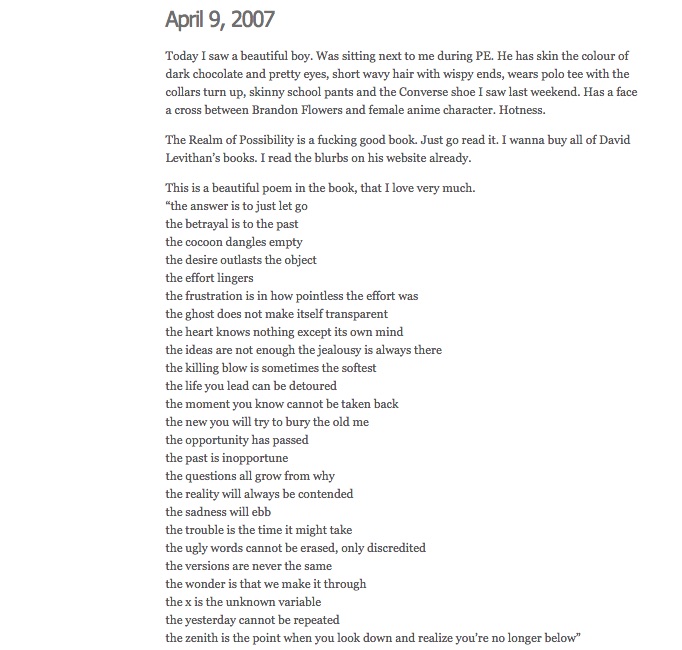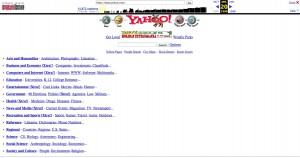
outline
g.r.f.e experiments with the idea of having the ability to manipulate and eradicate certain areas of our personal history on the virtual realm, using glitch art and the aesthetizing of errors to break apart and censor fractions of content.
online
Working on my archiving project while taking Media and Performance class reveals that active participation in the third space even before I realised what it meant. I live most of my teenage years online and on the virtual space, and actively documented my life on my blog. Having a large part of my personal history stored away on a cloud server and being permanently there is like a massive time capsule. Every episode in my life is a click away on my archive page.
Looking through my history of blogging reveals my relationship to the virtual space and how it had shaped me, as an individual and as an artist.
As a visual artist, I ask myself, what can I make out of this archive, of the raw, unedited content? My main focus working on this archiving project is to re-present this content again in a fresh manner that gives new meaning to old identities. It is a bridge that illustrates the transition from adolescence to adulthood, to remember and also to let go.
performative chance art
Each collage created in this webpage is by chance. They are unplanned works of collages. First I begin with a page from my blog or my physical journal. The content is chosen based on how the memory that is recorded on the page made me feel. Some of the entries describe some embarrassing memories in school, some documented certain experiences of loss, anger and sadness from my adolescent years. These are words that painted my teenage self portrait. Then, I manipulated the image in Photoshop, repeating/highlighting text, cancel words or blank out areas completely.
Each collage is also performative way of acknowledging the temporal nature of these issues, and above all, a kind of celebration.
This project experiments with the idea of having the ability to manipulate history and eradicating certain points in that history. It also helps me to find the ability to look at it from a more controlled and mature perspective. Glitching helps to break apart and censor fractions of words that are too confrontational.
long form content
The final work is presented on a webpage built with basic HTML, just tables that help to align the images neatly. This is an open ended project that I will continue to work on as part of my final year project, adding new collages as I sieve through my virtual archive.
The nature of this long form content alludes to my blogging practice as well, a beginning with no end.
reflections
Working on this project had been really fun and I enjoyed the performative and experimental quality of making the gifs out of these collages. I am rather pleased with the outcome of the project as it had come a long way from the ideas that I first presented in the first hyperessay. At first, the scope of my project is quite large: I want to talk about the changing landscapes of social media, from sites like Myspace, tools like MSN Messenger, virtual nostalgia, and the relationship between myself and these sites, but as the semester progresses, I realised that my blog is a better source for me to examine my relationship with the virtual reality.
If I could improve on the project, I would make some of the gifs more engaging: perhaps screenshots of MSN chat windows that mimics a real conversation.
